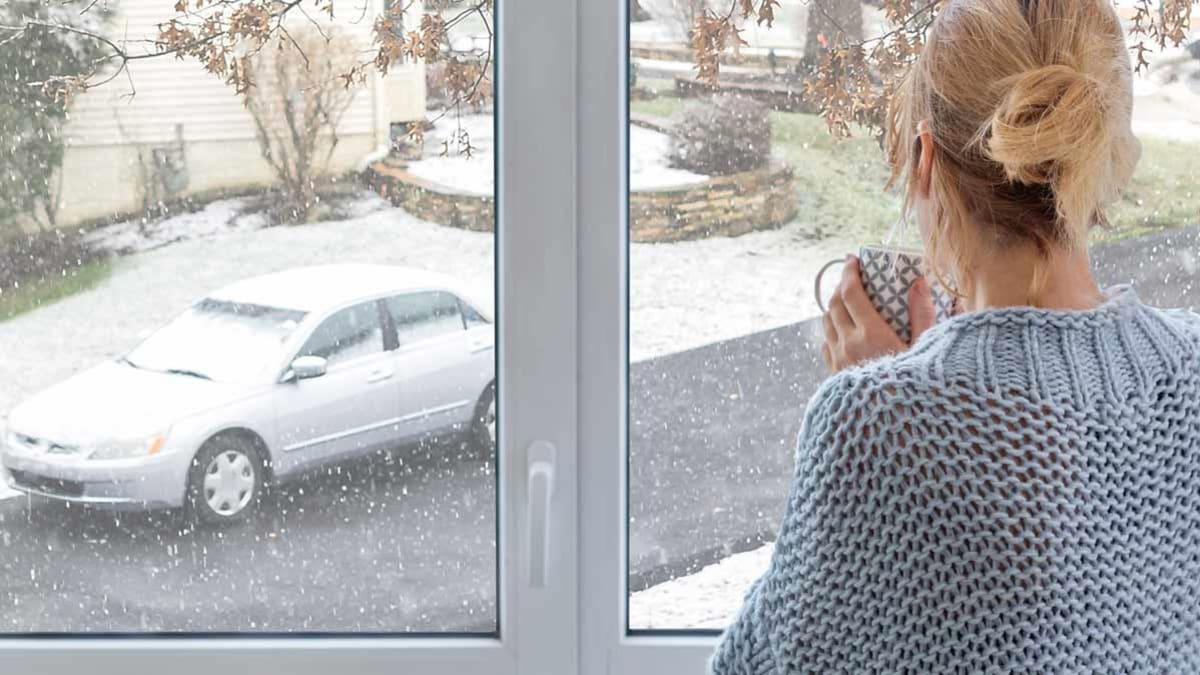Seeking advice from long term owners of a Subaru with CVT transmission, or Subaru mechanics who service/fix these on a daily basis.
A few days ago I took delivery of a new 2024 Crosstrek with 2.5L engine. Never owned a Subaru before, so some learning curve is fully expected. One of things that I noticed right off the bat is the high idle prm upon starting cold engine - around 1800 mark. My prior cars did it too, though not that high - more like 1400, but I totally get it that all cars and engines are different.
Where I live early morning temperatures currently drop to 40F or close. I normally keep the car inside partially insulated garage, so the temp inside is about 50. When I start the engine (cold), it stays in high idle for a little over one minute and then begins gradually decreasing (that is if I just sit in the car and patiently wait). In November ambient temps here will drop to 30F and in late December - January down to 15, 5 and sometimes even below zero, so as it gets colder I expect that it's going to take more time for the prm to start decreasing from the high idle.
The owners manual says the following under Starting Engine section on page 314 (the last few sentences near the end):
"6. Confirm that all warning and indicator lights have turned off after the engine has started. The fuel injection system automatically lowers the idle speed as the engine warms up.
While the engine is warming up, make sure that the select lever is at the “P” or “N” position and that the parking brake is applied."
If I'm reading these sentences correctly - especially the last one, it sounds that Subaru is saying not to drive the car 'while the engine is warming up'. Okay, then at which point the driver can drive the car? Just give it 20-30 seconds and then put the car in gear even with the engine still in high idle? Or wait until the rpm decreases from initial 1800 to a lower number? Or wait until the coolant temp gauge says 'Normal'?
I read a post from someone who claimed to be a mechanic who said that "Putting your CVT equipped Subaru in gear at high idle eventually ruins the forward / reverse clutches in the CVT" - is this a common myth or this is actually true?
Thank you in advance.
A few days ago I took delivery of a new 2024 Crosstrek with 2.5L engine. Never owned a Subaru before, so some learning curve is fully expected. One of things that I noticed right off the bat is the high idle prm upon starting cold engine - around 1800 mark. My prior cars did it too, though not that high - more like 1400, but I totally get it that all cars and engines are different.
Where I live early morning temperatures currently drop to 40F or close. I normally keep the car inside partially insulated garage, so the temp inside is about 50. When I start the engine (cold), it stays in high idle for a little over one minute and then begins gradually decreasing (that is if I just sit in the car and patiently wait). In November ambient temps here will drop to 30F and in late December - January down to 15, 5 and sometimes even below zero, so as it gets colder I expect that it's going to take more time for the prm to start decreasing from the high idle.
The owners manual says the following under Starting Engine section on page 314 (the last few sentences near the end):
"6. Confirm that all warning and indicator lights have turned off after the engine has started. The fuel injection system automatically lowers the idle speed as the engine warms up.
While the engine is warming up, make sure that the select lever is at the “P” or “N” position and that the parking brake is applied."
If I'm reading these sentences correctly - especially the last one, it sounds that Subaru is saying not to drive the car 'while the engine is warming up'. Okay, then at which point the driver can drive the car? Just give it 20-30 seconds and then put the car in gear even with the engine still in high idle? Or wait until the rpm decreases from initial 1800 to a lower number? Or wait until the coolant temp gauge says 'Normal'?
I read a post from someone who claimed to be a mechanic who said that "Putting your CVT equipped Subaru in gear at high idle eventually ruins the forward / reverse clutches in the CVT" - is this a common myth or this is actually true?
Thank you in advance.






